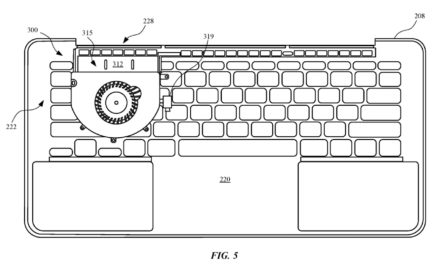Coming later this year or perhaps in early 2011: Wi-Fi devices that will be able to connect in a new way that makes it more simple and convenient than ever to do things like print, share and display.
Ad hoc wireless networking has always been more difficult than it should be. Plus, it maxes out at 11 mbps. Wi-Fi Direct will connect at existing Wi-Fi speeds of up to 250 mbps. And Wi-Fi Direct devices will also be able to broadcast their availability and seek out other Wi-Fi Direct devices.
As noted by “PC World” (http://www.pcworld.com/businesscenter/article/173699/wifi_direct_could_be_the_death_of_bluetooth.html), with Wi-Fi Direct only one of the devices needs to be compliant with Wi-Fi Direct to establish the peer-to-peer connection. So, for example, a Wi-Fi Direct-enabled iPhone could establish a connection with a non-Wi-Fi Direct MacBook Pro to transfer files between the two.
The Wi-Fi Alliance (http://www.wi-fi.org) — of which Apple is a member — is pushing a new specification to enable Wi-Fi devices to connect to one another without joining a traditional home, office, or hotspot network. The Wi-Fi Alliance expects to begin certification for this new specification in mid-2010, and products which achieve the certification will be designated Wi-Fi Certified Wi-Fi Direct.
The specification, previously code-named “Wi-Fi peer-to-peer,” can be implemented in any Wi-Fi device, from mobile phones, cameras, printers, and notebook computers, to human interface devices such as keyboards and headphones. Significantly, devices that have been certified to the new specification will also be able to create connections with hundreds of millions of Wi-Fi Certified legacy devices already in use. Devices will be able to make a one-to-one connection, or a group of several devices can connect simultaneously.
“Wi-Fi Direct represents a leap forward for our industry,” says Wi-Fi Alliance executive director Edgar Figueroa. “Wi-Fi users worldwide will benefit from a single-technology solution to transfer content and share applications quickly and easily among devices, even when a Wi-Fi access point isn’t available. The impact is that Wi-Fi will become even more pervasive and useful for consumers and across the enterprise.”
The specification targets both consumer electronics and enterprise applications, provides management features for enterprise environments, and includes WPA2 security. Devices that support the specification will be able to discover one another and advertise available services. Wi-Fi Certified Wi-Fi Direct devices will support typical Wi-Fi ranges and the same data rates as can be achieved with an infrastructure connection, so devices can connect from across a home or office and conduct bandwidth-hungry tasks with ease.
“With Wi-Fi technology already shipping in millions of consumer electronics devices and handsets every year, this is a terrific innovation for the industry,” saysVictoria Fodale, senior analyst and market intelligence manager at the In-Stat research group. “Empowering devices to move content and share applications without having to join a network brings even more convenience and utility to Wi-Fi-enabled devices.”
— Dennis Sellers


